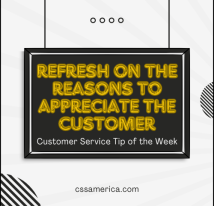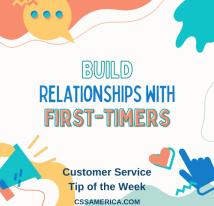Here are comments from a Reuters article on Leap Wireless’ earnings issues:
- Churn — or customer defection rate — rose to 4.4 percent from 4.2 percent a year earlier
- Customer retention programs did not work out as well as expected and came at a higher-than-anticipated cost
- Customer retention in the quarter was also hurt by reduced promotional activity.
Now, let’s do a little root cause analysis. To analyze these points, think “cause and effect.”
The first bullet is an effect – customer churn is up. But what was the cause? The second bullet says that customer retention programs didn’t work. So that was the cause? No, that wasn’t the root cause because the 3rd bullet says that customer retention was hurt by reduced promotional activity.
So reduced promotional activity was the root cause, correct? No, because promotional activity is needed due to something else missing.
So what’s the real root cause? They obviously have more work to do to determine the root cause(s); it’s unclear if they’ve surveyed exited clients. I’m uncertain if they’ve researched demographics and other characteristics of the customers, their usage patterns, their plans to determine key drivers of churn. It’s not clear if they survey clients to identify retention drivers and act on that intelligence.
What is clear is that the company is losing money and losing customers. As with any company in this situation, they need to systematically identify the root cause instead of jumping from symptom (i.e., lower profitability or retention) to solutions (increased promotions).
Do some root cause analysis on customer retention issues.
Interested in improving your company’s customer service? See more at our new website! http://www.cssamerica.com/





















